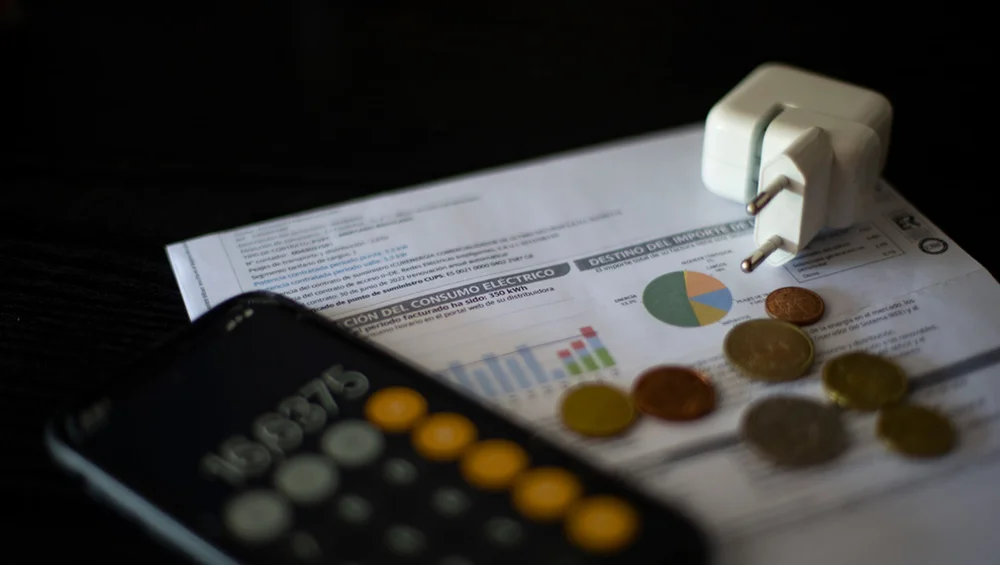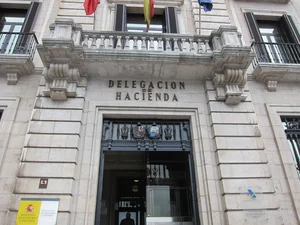Electricity Prices in Spain: What You Need to Know for 2025

As the new year unfolds, expats and residents in Spain are facing significant changes in electricity prices that are set to impact household budgets. Here’s a detailed look at what’s happening and how you can navigate these changes.
The Return of 21% IVA on Electricity
Starting January 1, 2025, the Spanish government has reinstated the 21% Value-Added Tax (IVA) on electricity bills, marking the end of the temporary reduction to 10% that was in place since 2021. This move is expected to result in substantial increases in electricity costs for all households[2][4].
Impact on Consumer Bills
The Consumers and Users Organisation (OCU) estimates that the average electricity bill for households on the Voluntary Price for Small Consumers (PVPC) tariff will rise to €85.57 in January, representing a 15% increase compared to November 2024. This hike is largely due to the higher IVA rate and increased wholesale market prices, which reached €111.24 per megawatt-hour (MWh) in December 2024[2].
Fixed Costs and Taxes
In addition to the IVA increase, fixed costs associated with electricity bills are also rising. The Spanish government has introduced a 39% hike in these fixed charges, which are part of every electricity bill regardless of usage. Furthermore, the Special Electricity Tax (IEE) and the Electricity Generation Tax (IVPEE) are contributing to the overall increase in electricity costs. The IEE, which had a reduced rate of 2.5% in the first quarter of 2024, is now reverting to its general rate, while the IVPEE remains at 5.25%[1].
Changes in PVPC Tariffs
For those on the PVPC tariff, 40% of the tariff will now be based on future market prices, up from 25% in 2024. This change is aimed at stabilizing consumer bills by smoothing out extreme price fluctuations. However, it does not guarantee protection from future price hikes or slow responses to price drops[1].
Tips to Save on Your Electricity Bill
Given the rising costs, here are some practical tips to help you minimize the impact:
- Review Your Contract: Consider switching to a plan that better suits your consumption habits.
- Go Green: Install energy-saving devices like LED bulbs and switch to energy-efficient appliances.
- Time Your Usage: Avoid peak hours when electricity prices are higher. Use energy-hungry appliances during off-peak times, such as weekends and holidays[1].
Cheapest Times for Electricity
If you’re looking to save even more, note that electricity prices in Spain are generally cheapest between midnight and 6 AM on weekdays, as well as during weekends and holidays. Adjusting your usage to these times can help reduce your overall bill[3].
As Spain continues to navigate the complexities of its energy market, staying informed and adapting to these changes can help you manage your electricity costs more effectively. Whether you’re a long-time resident or a new expat, understanding these shifts can make a significant difference in your household budget.
Related Stories

Spain Resets VAT on Staple Foods as Economic Measures Evolve
Spain to reset VAT on staple foods to pre-crisis levels in 2025, extending public transport subsidies and maintaining economic support measures.

Spanish Stock Market Closes 2024 on a High Note Despite Global Uncertainty
Despite global uncertainties, the Spanish stock market's IBEX 35 index soared, marking a year of impressive growth and resilience in 2024.

Spanish Tax Authority Initiates Refund Process for 2023 Tax Returns
The Spanish Tax Authority has launched the refund process for 2023 tax returns, with key dates from April 3 to July 1, 2024, offering crucial information for expats.

New Initiative to Boost Local Economy in Comillas, Cantabria
Comillas launches "Comillas Vale" initiative with 800 vouchers to boost local economy and community engagement, starting January 15, 2025.

Torrelavega Emerges as a Key Hub for Commerce and Industry in Cantabria
Torrelavega cements its role as Cantabria's industrial and commercial hub, with strategic investments and natural resources driving economic growth.